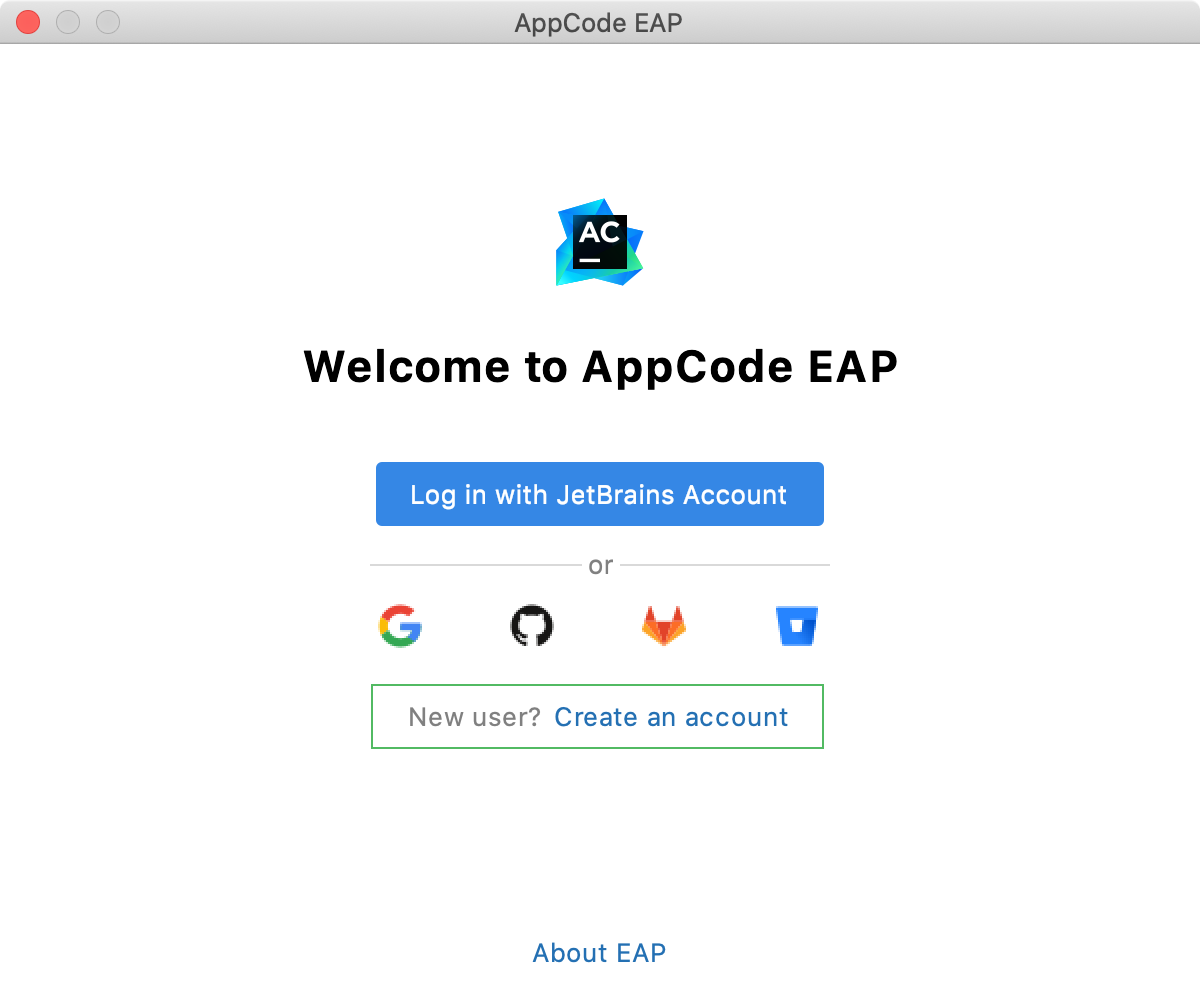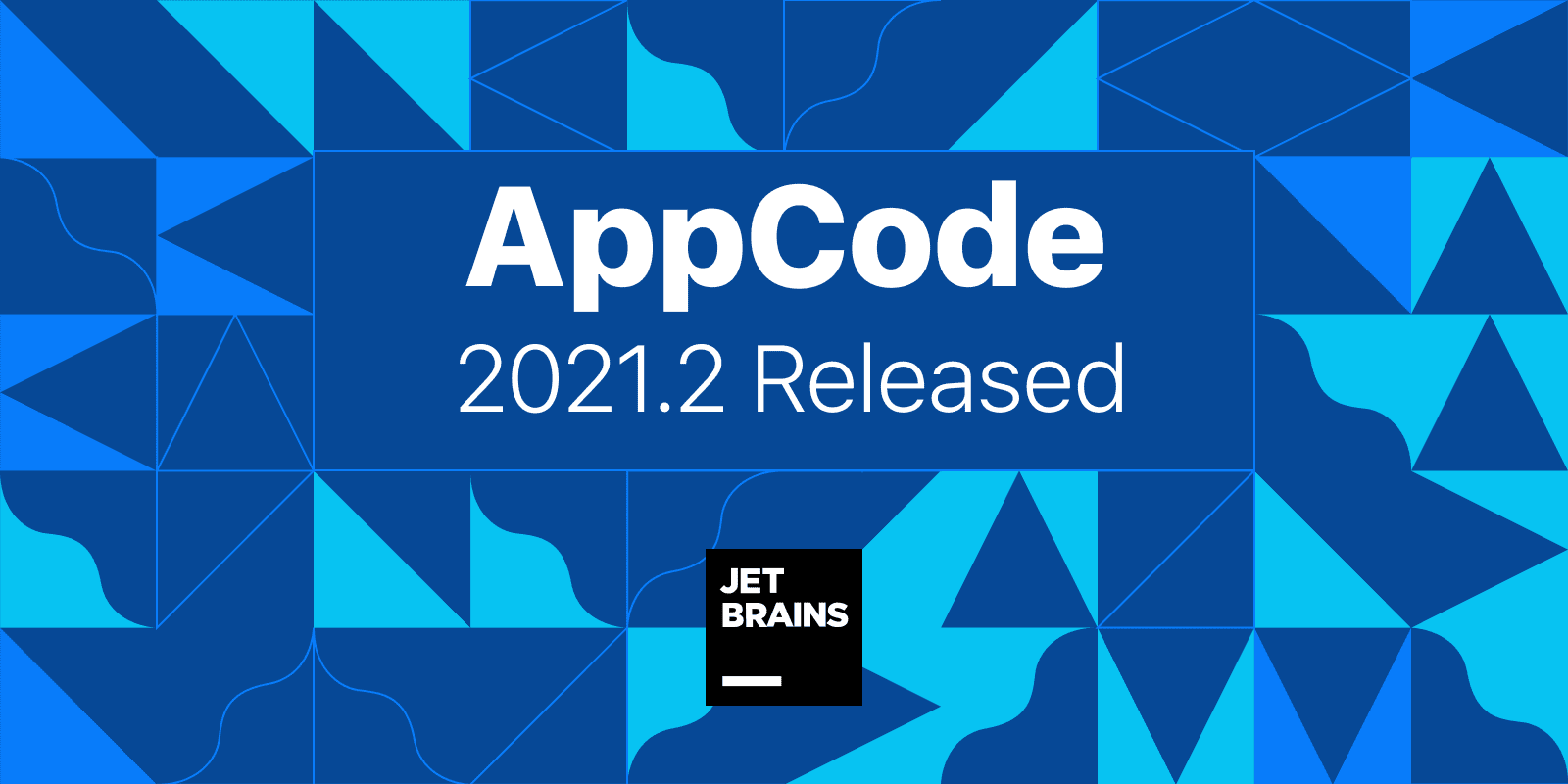
#Appcode verification
This verification is accomplished through the team identifier (Team ID), which is extracted from an Apple-issued certificate. To protect the system and other apps from loading third-party code inside of their address space, the system performs a code signature validation of all the dynamic libraries that a process links against at launch time. In addition to the technology already discussed, this curation process gives users confidence in the quality of the apps they buy.Ĭode signature validation: iOS and iPadOS allow developers to embed frameworks inside of their apps, which can be used by the app itself or by extensions embedded within the app. They have also been reviewed by Apple to help ensure they generally operate as described and don’t contain obvious bugs or other notable problems. As a result, all apps in the App Store have been submitted by an identifiable person or organization, serving as a deterrent to the creation of malicious apps. This certificate allows developers to sign apps and submit them to the App Store for distribution.

The real-world identity of each developer, whether an individual or a business, is verified by Apple before their certificate is issued.
#Appcode install
They can also embed frameworks inside their apps and have that code validated with an Apple-issued certificate (through a team identifier string).Ĭertificate validation: To develop and install apps in iOS or iPadOS devices, developers must register with Apple and join the Apple Developer Program.


UEFI firmware security in an Intel-based Mac.Additional macOS system security capabilities.recoveryOS and diagnostics environments.Contents of a LocalPolicy file for a Mac with Apple silicon.LocalPolicy signing-key creation and management.Boot process for iOS and iPadOS devices.Secure intent and connections to the Secure Enclave.Face ID, Touch ID, passcodes, and passwords.


 0 kommentar(er)
0 kommentar(er)
